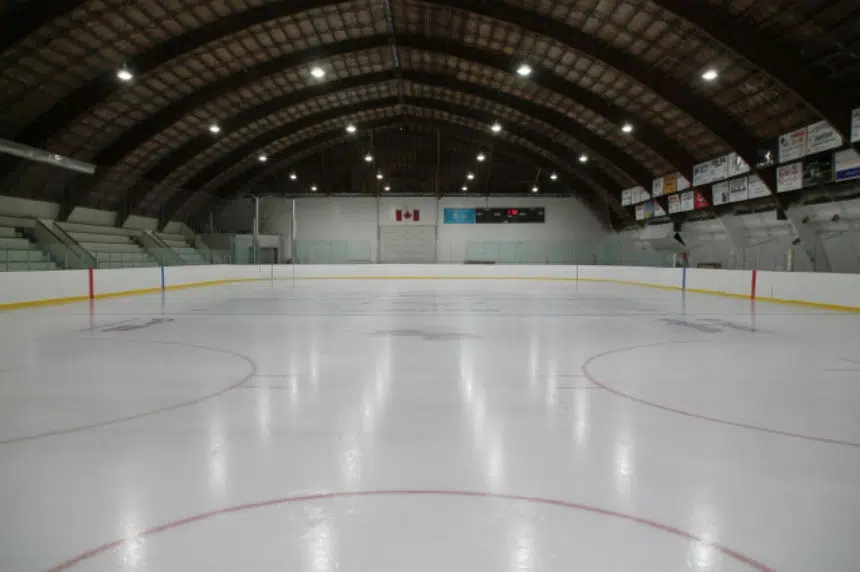The game plan is in place for hockey games to begin in Saskatchewan.
The Saskatchewan Hockey Association (SHA) released its province-approved plan Thursday for teams to begin playing games.
Up until now, only evaluations and team practices were permitted.
“It’s a culmination of a number of months of work with the provincial government, the business response team, and just getting things in place to begin playing games,” said Kelly McClintock, the general manager of the SHA.
“It has taken a while and it’s nice to finally be able to release something and give people hope they can start playing hockey again.”
McClintock said hockey is played in about 250 communities in the province.
“That’s a great thing from a sport perspective but it’s also a scary thing with what we’re dealing with right now,” McClintock said.
Hockey in the province was shut down in March due to COVID-19. McClintock said while a majority of leagues were done, there were some league and provincial championships that weren’t handed out.
The return-to-play plan includes four new phases — exhibition games, league games, league games with expanded mini-leagues and provincials — that must be approved by the chief medical health officer.
Exhibition games have been given a tentative start date of Oct. 17. Teams will be able to form either four-team mini-leagues or have a 50-person limit.
The start date for each age division will vary, with U13, U15, U18, junior and senior teams able to start on Oct. 17, U11 and U9 set for a Nov. 15 start date and U7 set to begin Dec. 1.
Teams are permitted to play a maximum of two games during Phase 2.
McClintock said the SHA is planning a virtual call with all of its leagues Friday to begin to determine how the mini-leagues will look.
“People will be happy to get kids back playing games and to have some direction in terms of their facilities,” McClintock said.
Phase 3 is where league games can take place in mini-leagues of six teams or 80 players. All leagues except U11 (Nov. 15), U9 (Jan. 1) and U7 (Jan. 1) are tentatively set to begin that phase on Nov. 1.
“We didn’t want to be defined by numbers of participants but we wanted to be defined by the number of teams and communities,” McClintock said.
Teams are encouraged to schedule back-to-back games with one opponent in a week followed by a five-day break before scheduling the next opponent.
Phase 4 includes mini-leagues of eight teams or 120 players; it would begin on Jan. 18.
Provincials are the fifth and final phase of the plan. Those are set to take place in February but McClintock admitted the SHA will need to determine what that will look like for the leagues.
Coaches and on-ice officials who can’t maintain two metres of physical distancing will be included in the mini-league count.
There won’t be any tournaments this season and out-of-province travel won’t be allowed.
“We sanction around 900 to 1,000 tournaments a year and that’s usually a big fundraiser for communities, but you just can’t have that many people in a rink over the course of a day or two,” McClintock said.
The plan allows for the shutdown of hockey again if COVID-19 cases rise to a level where the province no longer feels it is safe to play.
Masks will also be required for anyone involved in minor hockey including players, coaches, bench staff, on-ice officials, off-ice officials and parents/spectators. Players must keep their face coverings on until they put on their helmets to head to the ice.
Equipment like water bottles and towels are not to be shared.
Each team will need a safety person who will ensure that all guidelines are being followed and that attendance is being taken for contact tracing purposes.
A maximum of 150 spectators will be allowed for minor hockey games as long as there is enough space for two-metre physical distancing to take place.
Junior, senior and U18 AAA hockey must have assigned seating available. If assigned seating is unavailable, a maximum of 150 spectators is permitted.
“Hopefully we can get a full season in and enjoy the year and the kids have a great experience and we can get somewhat back to normalcy,” McClintock said.
The entire plan can be viewed below.











